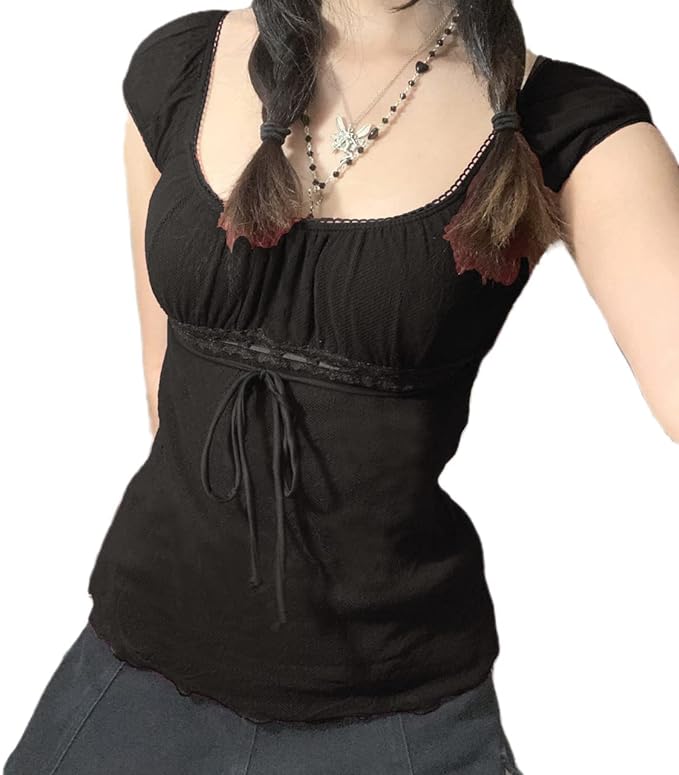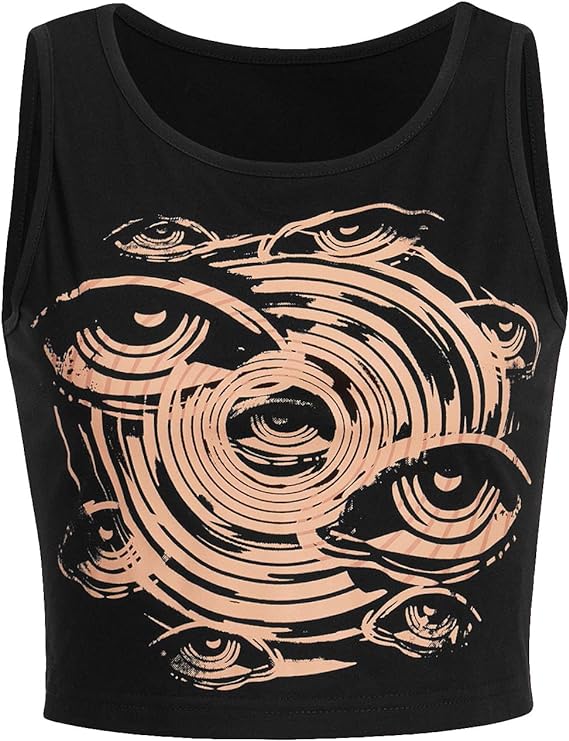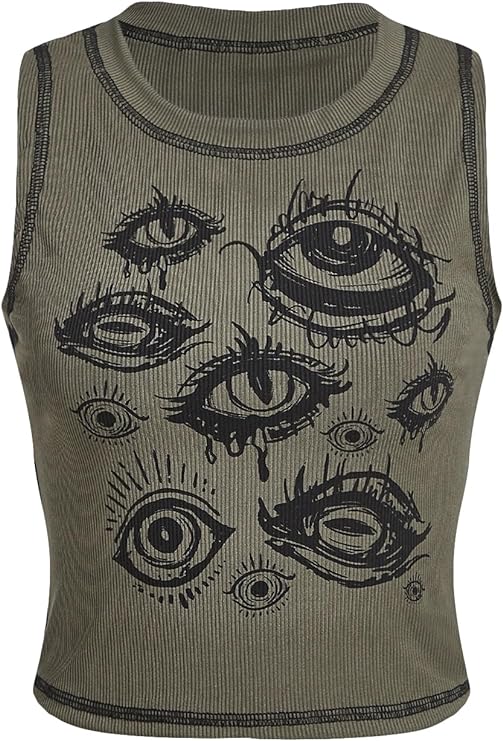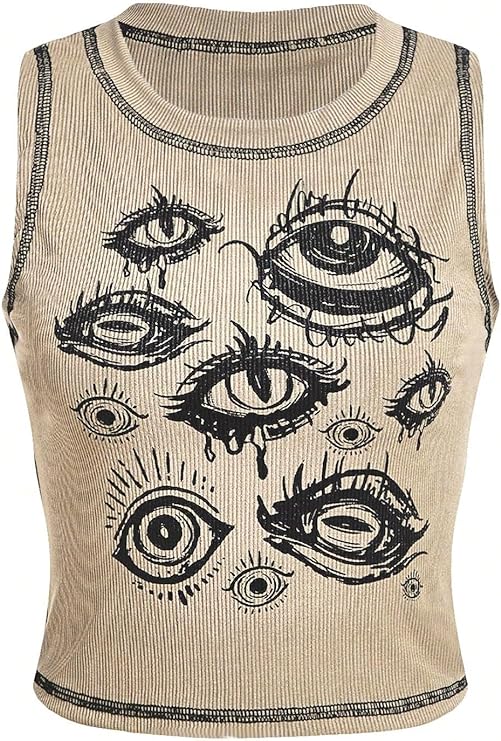Goth clothing is a fashion trend that has emerged from the goth subculture and has since gained popularity worldwide. This unique style often features dark and dramatic garments, influenced by Victorian, punk, and alternative fashion. In this article, we will delve into the world of goth clothing, exploring its origins and influences, the key elements and characteristics of goth fashion, the significance of symbolism and accessories, the versatility of goth clothing in different styles, and the contemporary evolution of goth fashion.

I. Origins and Influences of Goth Clothing
1.1 The Emergence of the Goth Subculture:
Goth clothing finds its roots in the goth subculture, which emerged in the late 1970s and early 1980s. Initially influenced by post-punk music and literature, goth culture adopted a darker aesthetic and embraced themes of darkness, melancholy, and individuality.
1.2 Influences from Alternative Subcultures:
Goth clothing incorporates elements from various alternative subcultures, including punk, romanticism, and Victorian fashion. The rebellious and non-conformist ethos of punk blends seamlessly with the romantic and dramatic elements of Victorian fashion, resulting in a distinct and eclectic style.

II. Key Elements and Characteristics of Goth Fashion
2.1 Dark Color Palette: Embracing the Shadows
Goth costume is characterized by its dark color palette, which serves as the foundation of the aesthetic. Black, deep purples, blood reds, and rich blues dominate goth fashion, creating an atmosphere of mystery and allure. These dark hues embody the goth subculture’s fascination with darkness, melancholy, and introspection. The use of a dark color palette in goth clothing provides a visual representation of the subculture’s ethos, igniting a sense of intrigue and drama.
2.2 Layers and Textures: Adding Dimension and Depth
Layering is a fundamental aspect of goth fashion, with the art of layering garments being a common practice within the subculture. Adding layers serves to create complexity and depth in outfits, allowing for an intricate and visually captivating look. Gothic fashion incorporates various textures, such as lace, leather, fishnet stockings, and flowing fabrics, to create a multidimensional aesthetic. The combination of different materials, textures, and layers adds visual interest, giving goth clothing a unique and individualistic flair.
The layering technique in goth fashion is not only a stylistic choice but also serves functional purposes. The addition of layers allows individuals to adapt to varying weather conditions, providing warmth in colder months and the option to remove layers in warmer climates. This versatility ensures that goth fashion remains practical while maintaining its distinct aesthetic.
Layering also allows for customization and personalization within goth fashion. Individuals can experiment with different combinations of garments, textures, and lengths to create their own unique ensembles. The artistry of layering empowers individuals to express their individuality and creativity, showcasing their personal style through the arrangement of garments.
In conclusion, the key elements and characteristics of goth fashion encompass a dark color palette, embracing the allure of black and bold hues. Layering and the incorporation of diverse textures provide dimension and depth to outfits while allowing for customization and personalization. These elements contribute to the captivating and individualistic aesthetic of goth clothing, making it a distinctive and timeless style within the fashion world.

III. Symbolism and Accessories in Goth Fashion
3.1 Symbolism and Subcultural References:
Symbolism holds a significant role in goth fashion, allowing individuals to express their connection with the occult, mythology, and gothic literature. Within goth clothing, meaningful imagery and references are prominently featured, adding an air of mystery and spirituality. Symbols such as crosses, ankh, pentagrams, and skulls are commonly incorporated into goth garments, evoking a sense of the unknown and serving as reminders of gothic subcultural heritage.
These symbolic elements provide individuals with a means of personal expression, allowing them to display their interests, beliefs, and affiliations within the goth subculture. Embracing these symbols illustrates a connection to the historic and mystical aspects that encapsulate goth fashion, fostering a sense of identity and authentic self-expression.
3.2 Statement Accessories: Exuding Individuality and Edge
Accessories play a crucial role in goth fashion, acting as strong statements to enhance the overall aesthetic. These pieces serve as extensions of personal style and self-expression, allowing individuals to showcase their unique flair within the goth subculture. Bold and eye-catching accessories add an element of rebellion and edge to goth outfits, heightening their impact.
Chokers, studded belts, dramatic hats, fingerless gloves, and intricate jewelry are among the statement accessories commonly embraced by goth fashion enthusiasts. These pieces add visual interest, texture, and personality, elevating the gothic look. The choice of accessories reflects the wearer’s individuality, offering a means to stand out from the crowd and create a personal style signature.

IV. Versatility of Goth Clothing in Different Styles
4.1 Romantic Goth:
One style within the goth subculture is romantic goth fashion. This style embraces flowing skirts, lace details, and elegant corsets, evoking a sense of Victorian romance and gothic mystique.
4.2 Punk Goth:
Punk goth fashion combines goth aesthetics with punk elements, incorporating leather jackets, torn fishnet stockings, and band t-shirts into the goth style. This fusion creates a more rebellious and edgy look within the goth aesthetic.
V. Contemporary Evolution of Goth Fashion
5.1 Fusion with High Fashion:
Moreover, Goth fashion has evolved and made an impact in the high fashion industry. Prominent designers have incorporated goth elements into their collections, bringing goth aesthetics to a global audience. This fusion of goth fashion with high fashion has pushed the boundaries of goth style and elevated it to new levels of creativity and sophistication.
5.2 Gender Fluidity and Inclusivity:
Therefore, Contemporary goth fashion has embraced gender fluidity and inclusivity, challenging traditional gender norms and allowing individuals to express themselves authentically. The androgynous nature of goth clothing and the ability to personalize the style have made it a welcoming and inclusive space for people of different gender identities and expressions.

Celebrating Individuality through Goth Clothing
In conclusion, goth clothing is a unique and diverse fashion trend that celebrates individuality, darkness, and self-expression. Drawing influences from various alternative subcultures, goth fashion incorporates dark color palettes, layers, and textures to create visually striking outfits. Finally, Symbolism, accessories, and different styles within goth fashion further enhance the aesthetic and allow for personalization. As goth fashion continues to evolve and embrace contemporary influences. It remains a timeless and empowering style, offering a space for individuals to express their individuality and embrace the darker aesthetic.
